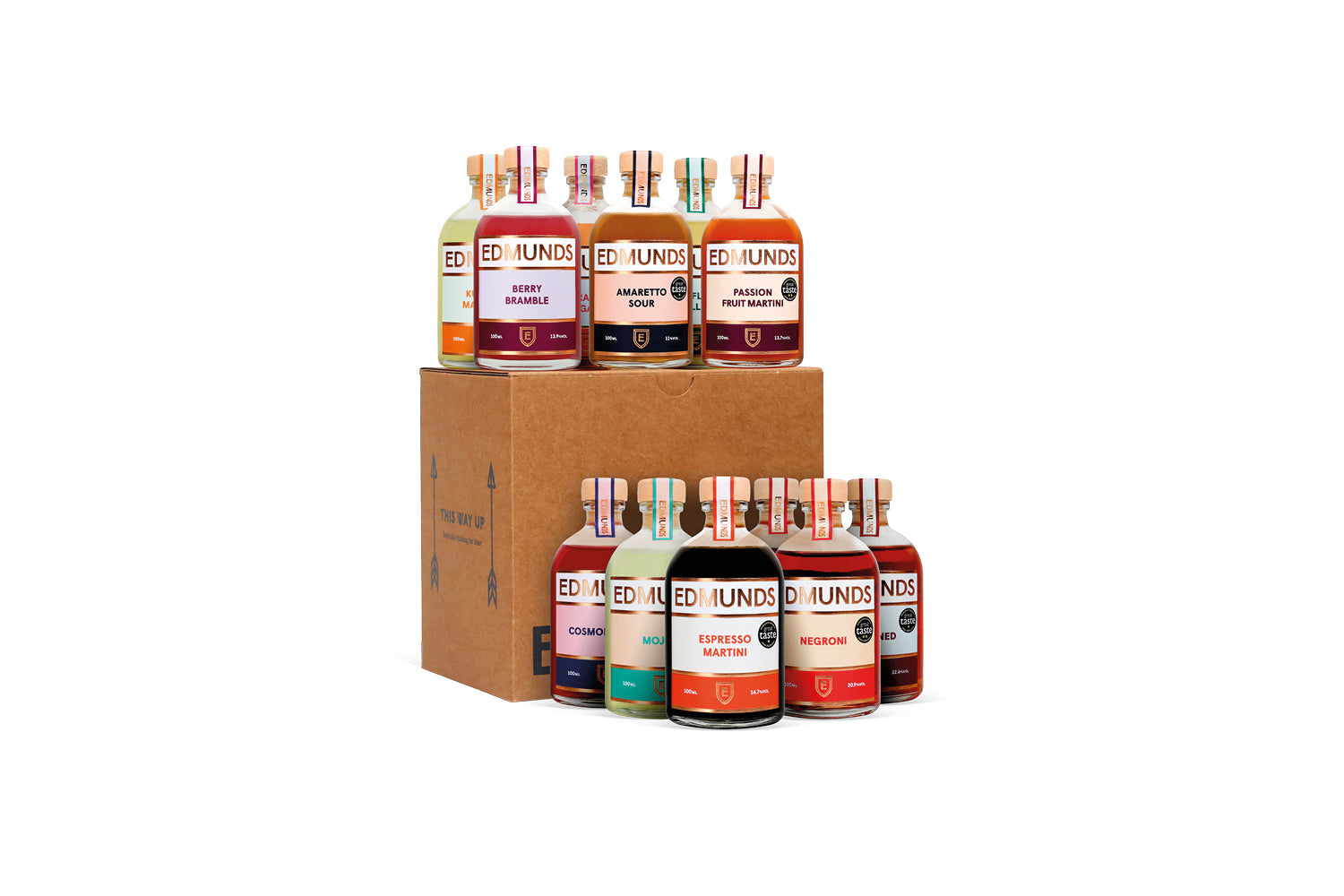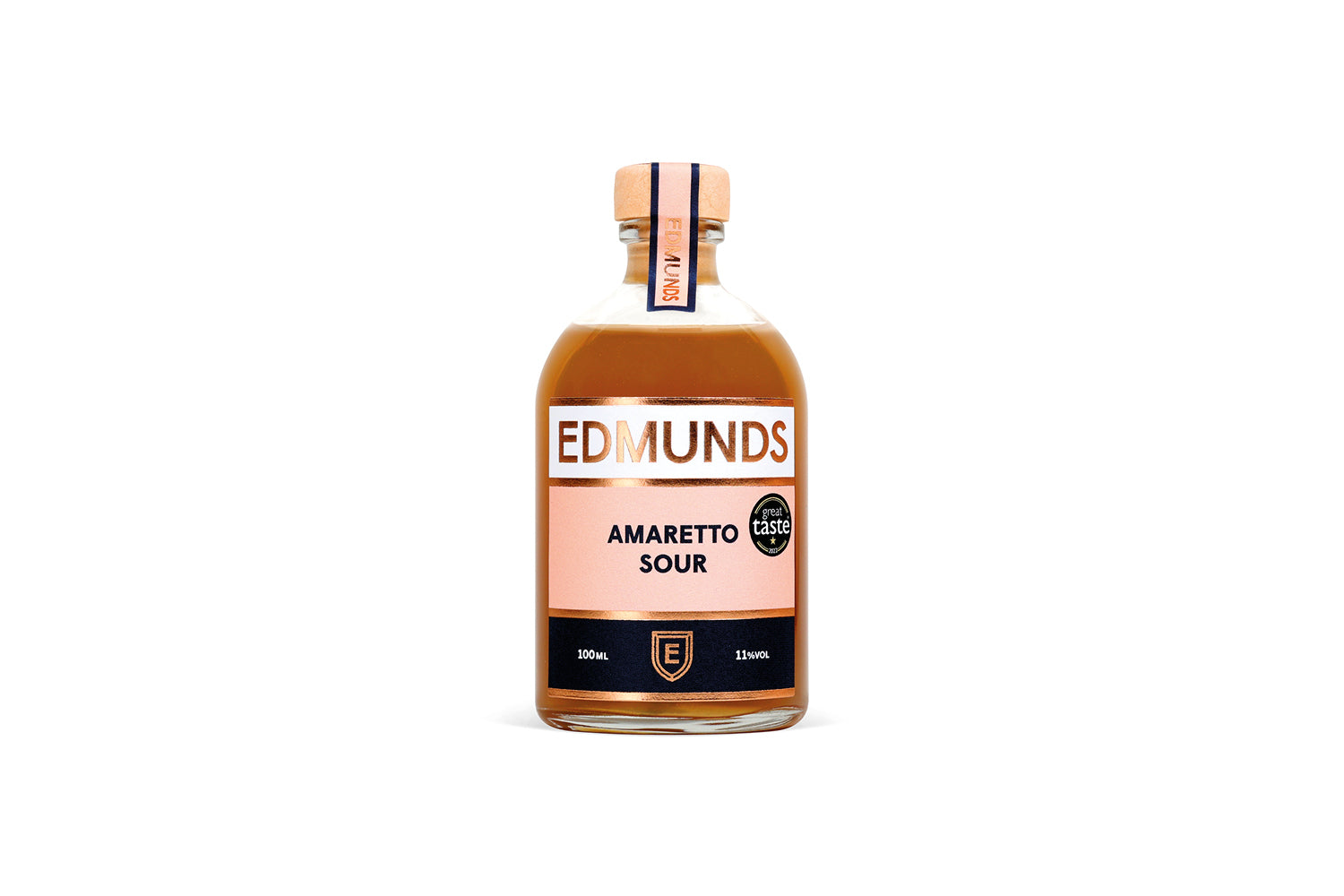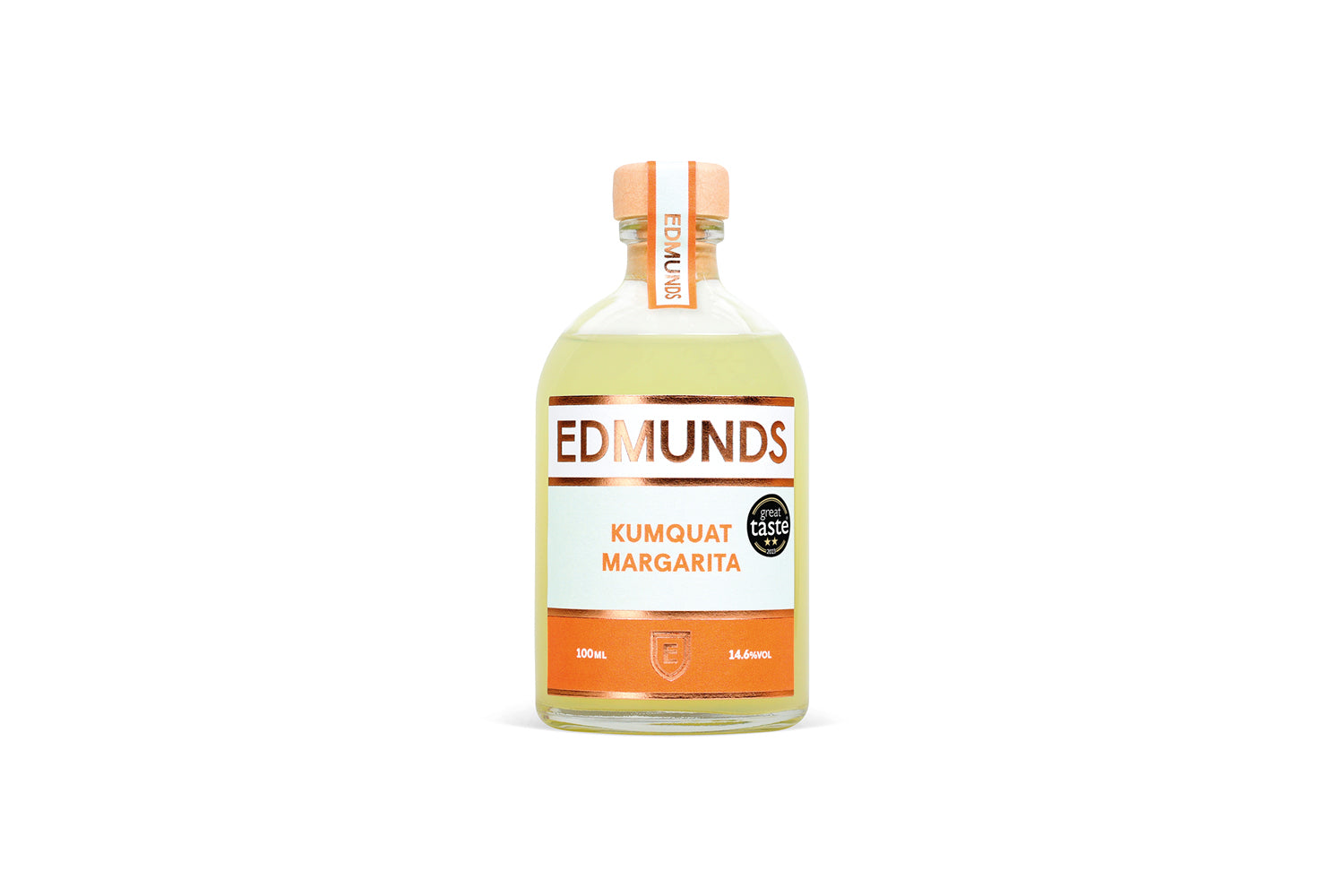Everyone enjoys a good origin story* – a maxim that, in our experience, applies every bit as much to mixology as it does to movies.
Think of it this way: just like James (Howlett) Logan was the sketchy, pencilled prototype of his hirsute, technicolour alter ego, Wolverine, so the early-nineteenth-century fusion of spirit, sugar and water known as a ‘sling’ laid the foundations for the rainbow of cocktails we drink today.
Bitter, much?
Indeed, it could be argued that the sling – named for the German word ‘schlingen’ or to swallow – was the direct precursor to the cocktail: a booze-forward, spirit-based (gin, whisky or brandy) and sugared drink that could either be served chilled or warmed.
It’s the crucial later addition of bitters that marks the pivot from simple punch or toddy to bona fide cocktail, with the advent of the so-called ‘bittered sling’.
Some would argue that this development anchors the birth of the cocktail firmly in the UK, given that the inventor of this essential botanically infused preparation of alcohol and water was London-based pharmacist Richard Stoughton. A purportedly medicinal concoction, bitters had originally been sold as an over-the-counter tonic or ‘digestif’ to settle the stomach.
Interestingly, Angostura – perhaps the best-known of commercial bitters brands – was the brainchild of German doctor Johann Siegert in the 1820s and named after a town in Venezuela. Before being pressed into service as the go-to cocktail ingredient, Siegert marketed the bitters as a cure for sea sickness, among other therapeutic uses.
A brief history of slings
Despite the British connection, the evolution of the modern sling is generally regarded as a US-driven trend, publicised by influential bartenders like Harry Johnson and aided by the proliferation of commercial ice-making machines in the late 1800s.
The Old Fashioned is the perfect example of a classic bittered sling – a simple, yet highly effective combination of spirit (whisky, in this instance) with a dash of bitters and muddled with sugar and orange zest.
Perhaps ironically, then, the most famous sling of all has neither British nor American origins. The Singapore Sling was created around the turn of the twentieth century at the Raffles Hotel in Singapore. Reputedly the brainchild of the hotel’s legendary barman Ngiam Tong Boon, it’s become one of the world’s most iconic cocktails – although there’s considerable, and continuing, debate about its composition.
While no verifiable record of Boon’s original recipe survives, it's likely that the Singapore (or Straits) Sling was an evolution of the ubiquitous gin sling – a blend of gin, lemon juice and sugar syrup, topped with soda water – with the addition of cherry brandy.
In fact, a recipe along these lines features in Harry Craddock’s seminal Savoy Cocktail Book, a highly regarded compendium of 750 cocktails first published in 1930 when Craddock was head bartender of the American Bar in one of London’s smartest hotels (then and now).
Certainly, cherry brandy is the ingredient that distinguishes the Singapore Sling from its close relatives, however, most contemporary recipes also call for the inclusion of bitters, Benedictine, Cointreau, pineapple and lime juices, plus grenadine, stirred together and served with ice in a hurricane glass. Some speculate that this more elaborate drink, with its profusion of fruit juices, was aimed at women, for whom drinking alcohol in public was less socially acceptable at the time.
Next-level slings
Following the broader definition of a sling – spirit + juice + sugar + soda – opens up a pretty wide selection of mix-and-match cocktail options. Combining an element from each group provides a reliable by-the-numbers equation for creating a cocktail tailored to individual tastes.
Tried-and-tested formulas include the gin-and-lemon-based Tom Collins or Elderflower Collins, rum-and-lime-based Mojito and vodka-and-ginger-based Moscow Mule. It’s definitely worth experimenting with your own spirit and juice/botanical favourites to find the summer cocktail that’s the perfect fit for you.
*Except, it seems, Episodes I to III of the Star Wars franchise, which just goes to show that even people as experienced and talented as George Lucas can get things spectacularly wrong from time to time.










































































